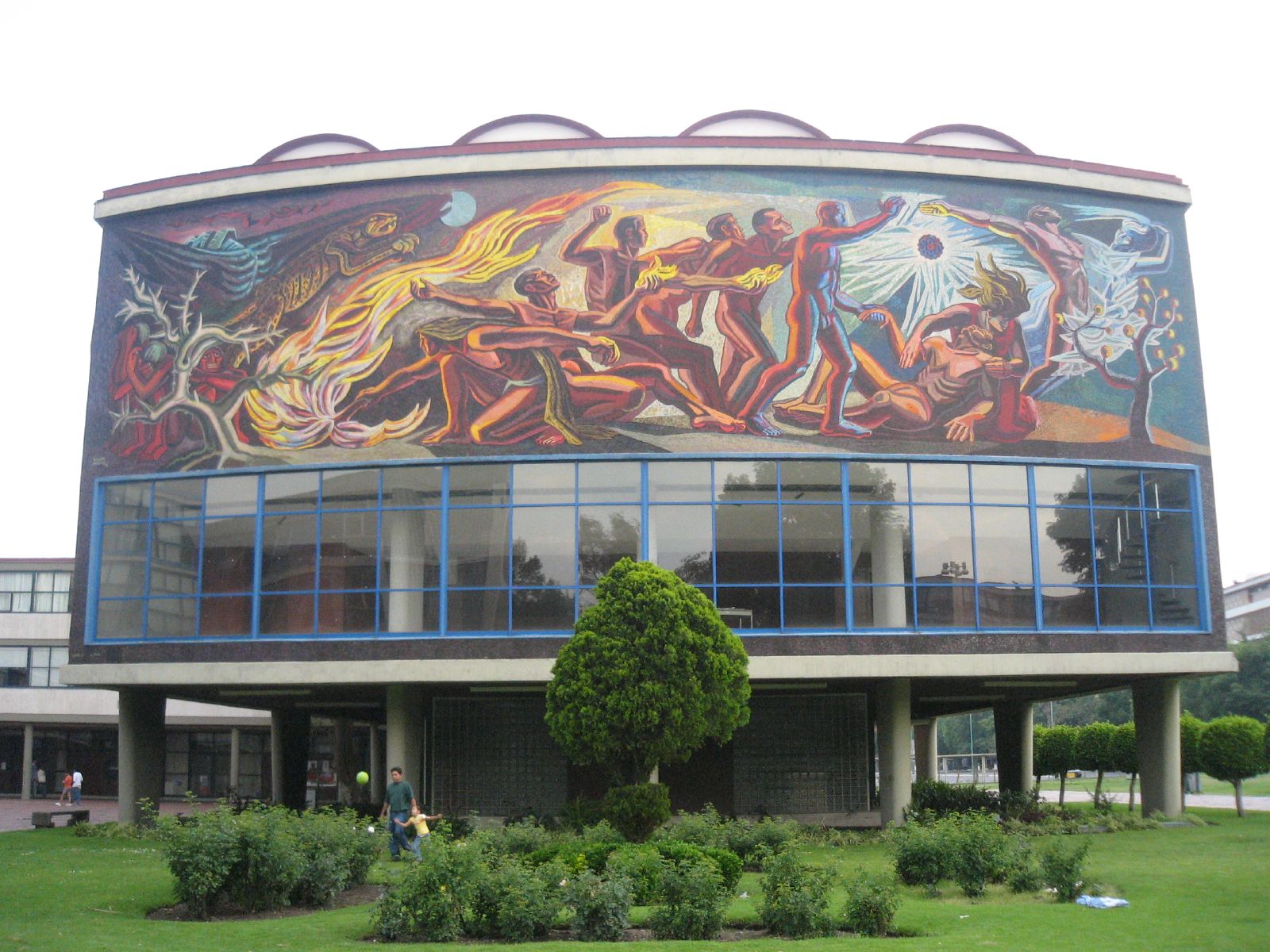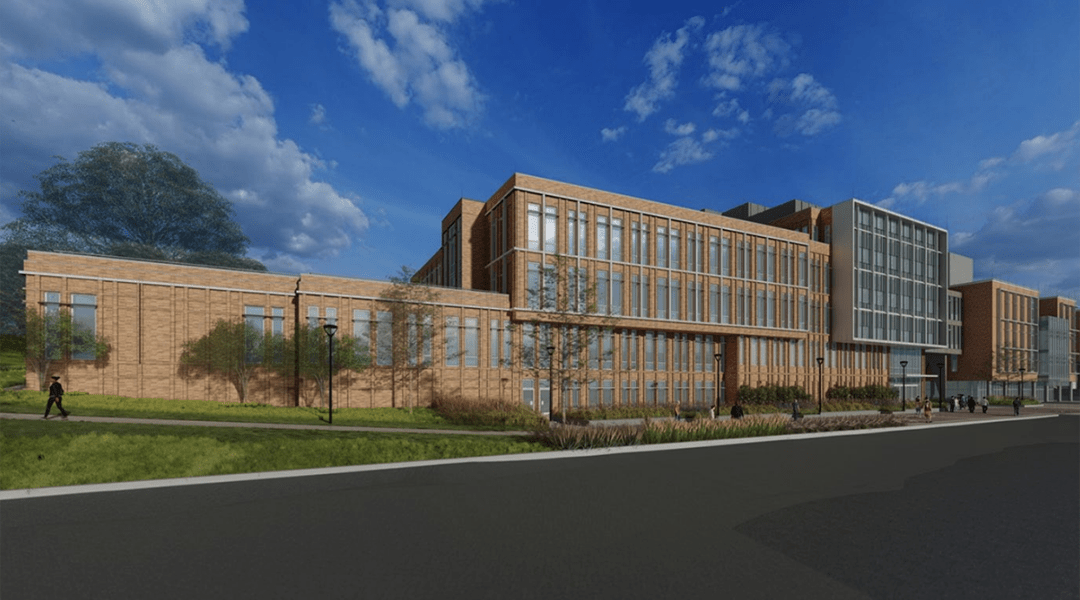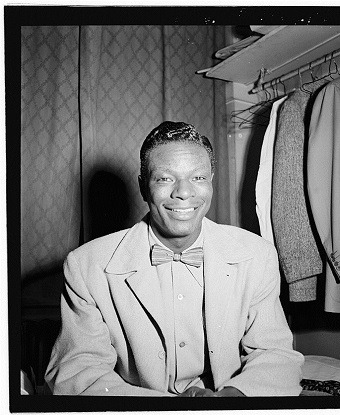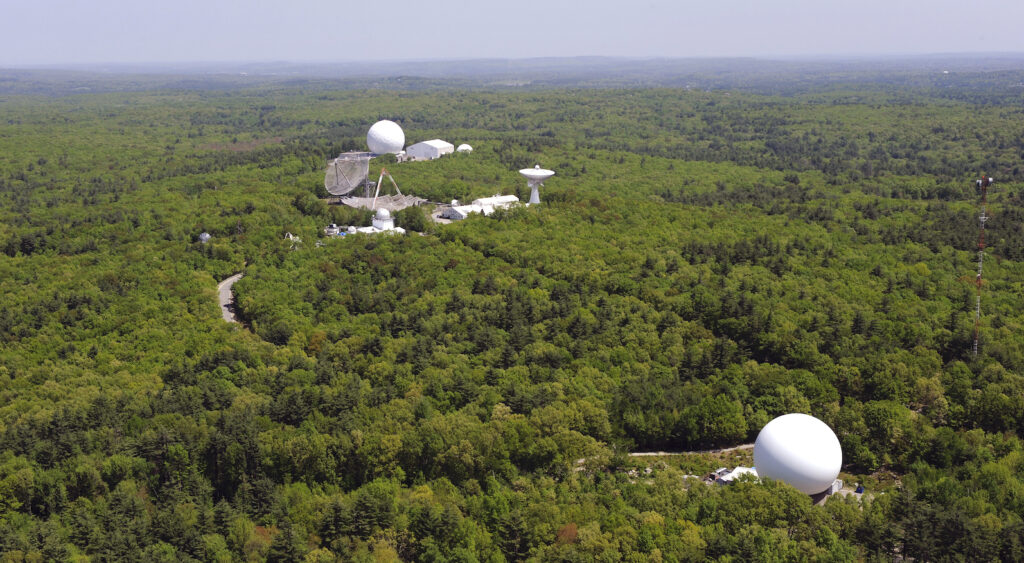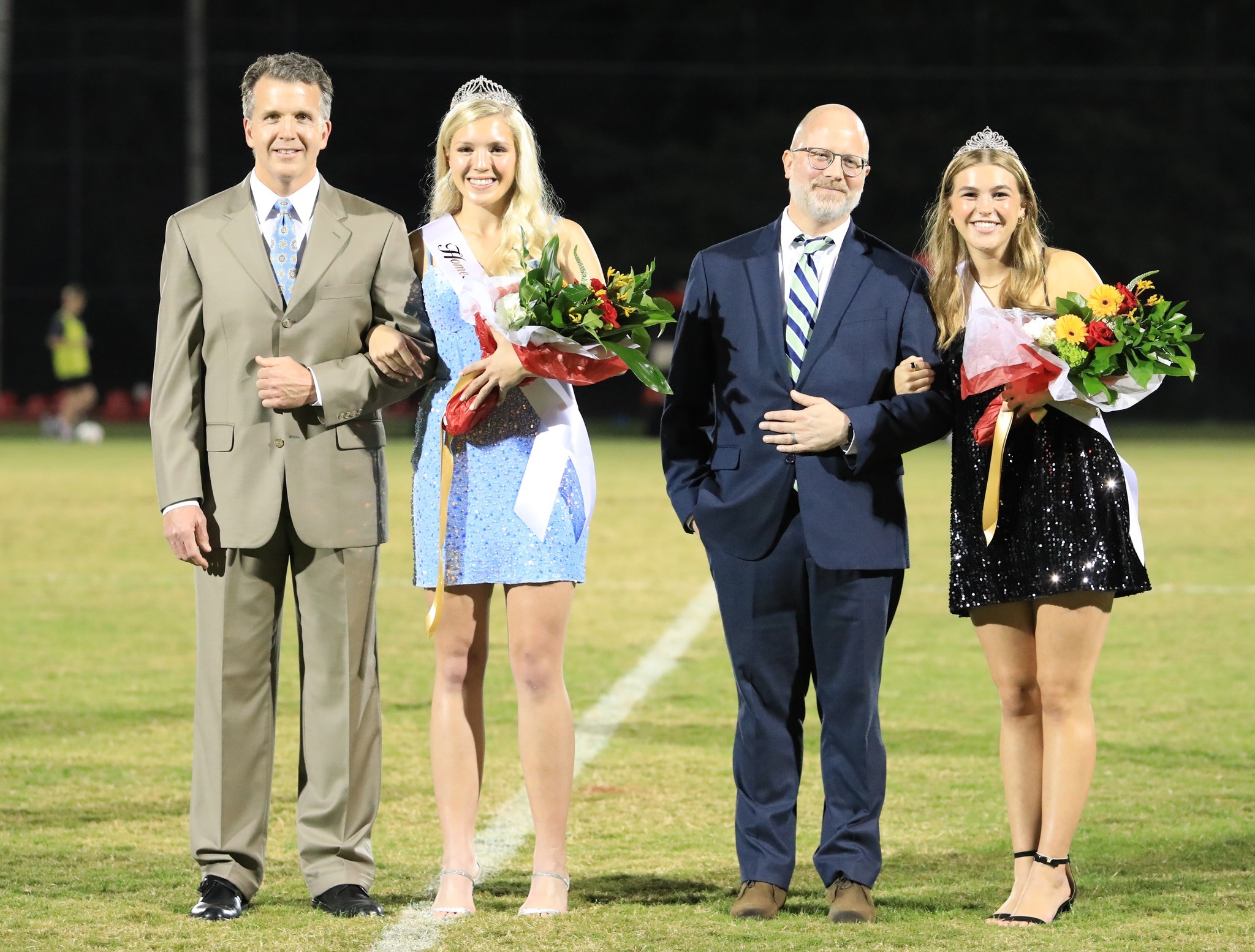Climate Psychosis | Other Ways of Knowing Climate Change
We began last year breaking down our coverage of education settlement energy codes and standards into the tranches listed below:
Energy 200: Codes and standards for building premise energy systems. (Electrical, heating and cooling of the building envelope)
Energy 300: Codes and standards that support the energy systems required for information and communication technology
Energy 400: Codes and standards for energy systems between campus buildings. (District energy systems including interdependence with electrical and water supply)
ASHRAE Proposal for a District Cooling Standard
A different “flavor of money” runs through each of these domains and this condition is reflected in best practice discovery and promulgation. Energy 200 is less informed by tax-free (bonded) money than Energy 400 titles.
Some titles cover safety and sustainability in both interior and exterior energy domains so we simply list them below:
ASME A13.1 – 20XX, Scheme for the Identification of Piping Systems | Consultation closes 6/20/2023
ASME Boiler Pressure Vessel Code
ASME BPVC Codes & Standards Errata and Notices
ASHRAE International 90.1 — Energy Standard for Buildings Except Low-Rise Residential Buildings
2018 International Green Construction Code® Powered by Standard 189.1-2017
NFPA 855 Standard for the Installation of Stationary Energy Storage Systems
IEEE Electrical energy technical literature
ASTM Energy & Utilities Overview
Underwriters Laboratories Energy and Utilities
There are other ad hoc and open-source consortia that occupy at least a niche in this domain. All of the fifty United States and the Washington DC-based US Federal Government throw off public consultations routinely and, of course, a great deal of faculty interest lies in research funding.
Please join our daily colloquia using the login credentials at the upper right of our home page.
ICYMI – here is our 50th anniversary lecture from Professor Helen Thompson on the 1970s energy crises and what we can learn from it, with some great questions from our audience! https://t.co/9XUqc3fx5f pic.twitter.com/zHvqY8HYL1
— Clare College (@ClareCollege) March 9, 2023
More
United States Department of Energy
International Energy Agency World Energy Outlook 2022
International Standardization Organization
Energy and heat transfer engineering in general
Economics of Energy, Volume: 4.9 Article: 48 , James L. Sweeney, Stanford University
Helmholtz and the Conservation of Energy, By Kenneth L. Caneva, MIT Press
NRG Provides Strategic Update and Announces New Capital Allocation Framework at 2023 Investor Day
From our video archive:
Ask me why pic.twitter.com/zQIpuI7vCh
— Grace Stanke (@Grace_Stanke) August 23, 2023


